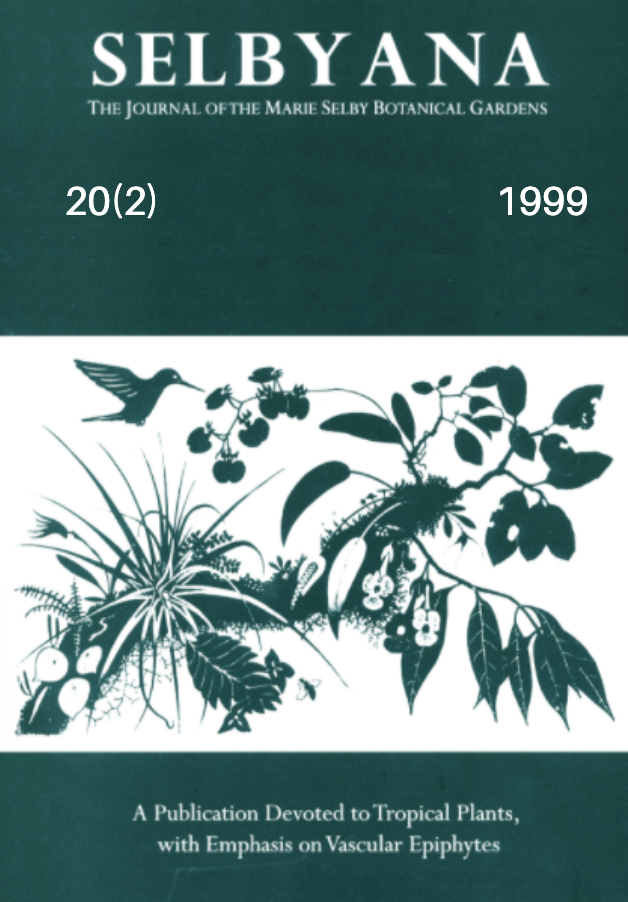Abstract
We characterized the distribution patterns of arboreal lichens in a wet temperate spruce-fir (Picea engelmanniil Abies lasiocarpa) rain forest in east-central British Columbia. Using the single rope technique for canopy access, we employed the "clump method" to estimate the abundance of arboreal lichens in three functional groups: Alectoria, Bryoria, and folióse lichens. Verification was achieved through a regression of those estimates with lichen biomass measured on a subset of branches. We used a probability proportional to prediction sampling scheme such that the probability that a branch would be selected for measurement was proportional to its estimated lichen abundance. Used in this way, the clump method is a reliable estimator of lichen abundance that can be used to accurately describe the distribution of lichen biomass in tree crowns. Hemos caracterizado la distribución de muestras de liqúenes arbóreos en un abeto-pino (Picea engelmanniil Abies lasiocarpa), humedo, templado bosque al este de British Columbia central. Usando el método "single rope," técnica de cuerda simple, aplicamos el método de grupo para estimar la abundancia de liqúenes abóreos en tres grupos funcionales; Alectoria, Bryoria y liqúenes frondoso. La comprobación fue realizada a través de una regresión de estimaciones con liqúenes mediante una prueba aparte (subsample) obtenido a través de probabilidad proporcional a pruebas pronosticas. La evaluación de la combinación de esas técnicas muestra que el método grupo (clump method) es un estimador seguro de liqúenes abundantes que se puede usar para producir un selección datos objectivo que describe con exactitud la distribución de epífita liqúenes de biomasa.
Open Access and Copyright Notice
Selbyana is committed to real and immediate open access for academic work. All of Selbyana's articles and reviews are free to access immediately upon publication. There are no author charges (APCs) prior to publication, and no charges for readers to download articles and reviews for their own scholarly use. To facilitate this, Selbyana depends on the financial backing of the Marie Selby Botanical Gardens, the hard work and dedication of its editorial team and advisory board, and the continuing support of its network of peer reviewers and partner institutions.
Authors are free to choose which open license they would like to use for their work. Our default license is the Creative Commons Attribution-NonCommercial 4.0 (CC BY-NC 4.0). While Selbyana’s articles can be copied by anyone for noncommercial purposes if proper credit is given, all materials are published under an open-access license with authors retaining full and permanent ownership of their work. The author grants Selbyana a perpetual, non-exclusive right to publish the work and to include it in other aggregations and indexes to achieve broader impact and visibility.
Authors are responsible for and required to ascertain that they are in possession of image rights for any and all photographs, illustrations, and figures included in their work or to obtain publication or reproduction rights from the rights holders. Contents of the journal will be registered with the Directory of Open Access Journals and similar repositories. Authors are encouraged to store their work elsewhere, for instance in institutional repositories or personal websites, including commercial sites such as academia.edu, to increase circulation (see The Effects of Open Access).
